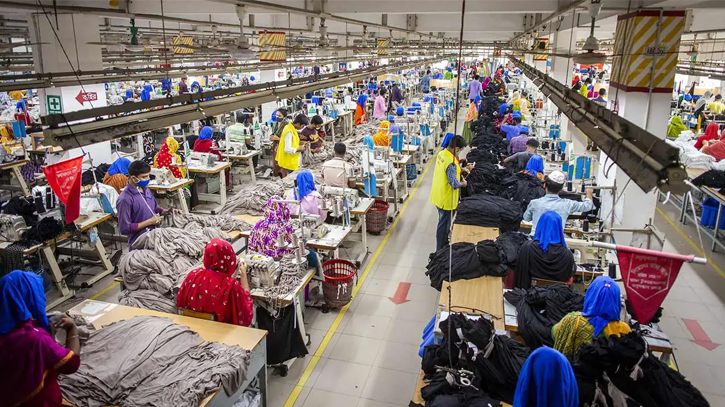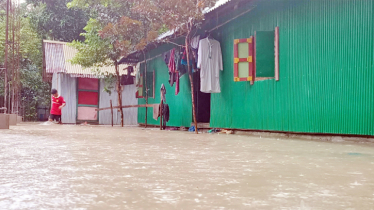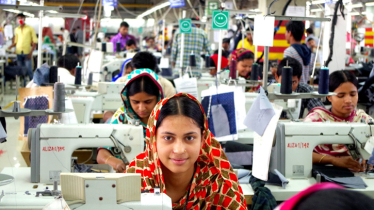
Photo : Collected
November 24 marks a tragic day in the history of the country’s thriving garment sector. Eleven years ago, Tazreen Fashion, a garment factory in the Nishchintapur area of Ashulia, Savar, witnessed a devastating fire that claimed the lives of 117 workers. The haunting memories of that fateful day still keep many injured workers awake at night.
The building in Nishchintapur, where the tragedy unfolded, still stands, but the workers who emerged alive are now unable to stand. Those who escaped by leaping from different floors to save their lives find themselves leading crippled lives. Beyond the physical pain, the ongoing misery for these families is compounded by the fact that the culprits remain unpunished.
Despite the passage of 11 years, the injured workers have yet to receive proper rehabilitation and treatment. The factory, where 1,163 workers were employed, housed 984 workers in the evening of 24 November 2012 in Ashulia.
However, what is the current situation? According to media reports, from 2013 to 2023, no major accidents occurred, and compliance standards were met. However, the number of fire incidents in the export-oriented ready-made garment (RMG) industry rose significantly – thereby reaching 177 in 2020, 180 in 2021, and a worrying 241 in 2022.
Accidents within factory environments persist, with no significant reduction from year to year. In 2023, one worker lost their life as a factory wall collapsed, and on May 1, 18 workers suffered burns in a fire accident. Risks continue to loom over workers’ workplaces.
A report from local thinktank CPD (Centre for Policy Dialogue) reveals that only 54 percent of the 679 factories under the Industrial Safety and Health (ISH) have rectified defects, with only one factory achieving 100 percent defect correction. In contrast, 91.32 percent of the 1,887 factories under the Remediation Coordination Cell (RSC) have completed defect corrections. As of last April, a total of 1,317 factories corrected 91-100 percent of defects. Despite progress, there is a reluctance among factories to invest in expensive fire safety equipment. Follow-up RSC visits have significantly marked decrease in recent months.
While the number of deaths has decreased, it has not reached zero. The occurrence of accidents persists, even in monitored factories. It is pivotal not to underestimate the gravity of these issues and assume that our responsibility has been reduced with improvements. Instead, there is an urgent need for continued efforts to ensure the complete safety of the garment industry.
Messenger/Fameema








